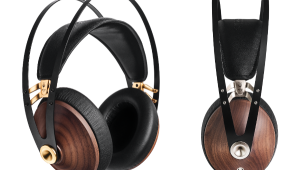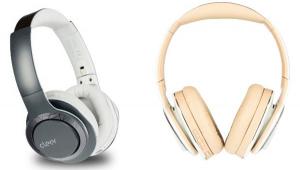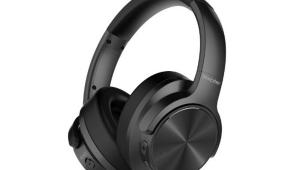Oppo PM-1 Headphone
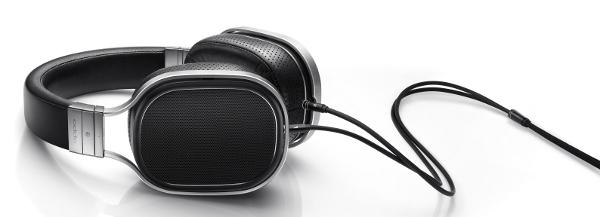
AT A GLANCE
Plus
Planar technology
Rich sound
Understated good looks
Minus
Voicing too rich for some
Crosses the $1K barrier
THE VERDICT
Oppo’s first headphone, the PM-1, uses a planar diaphragm to produce a luxuriously warm sound that becomes addicting on its own terms.
An independent licensor of the Oppo brand name in the U.S., Oppo Digital has collaborated with the Chinese manufacturer Oppo Electronics to market one rave-reviewed Blu-ray player after another. Now Oppo is turning its attention to the rapidly expanding headphone market with a line of products including the PM-1 headphone ($1,099), the PM-2 headphone ($699), and the DSD-capable HA-1 headphone amplifier ($1,199).
The PM-1 makes a first impression than can only be described as brilliant. Crack open the carton and pull the indestructible foam padding off a thick gray cardboard box. Lift the lid off the box, and one of its sides suddenly drops down. Now you’re looking at a high-gloss fiberboard case. Press a button on the case, open another lid, and there’s your headphone. When you’re spending $1K-plus on a headphone, it’s good to have such a safe and beautiful place to store it. For travel, the supplied carrying case is like a black denim luxury limo. An optional stand is available for $79.
The PM-1 is gorgeous in an understated way, a study in black perforated metal with matte gray earcup frames and a few chrome-coated plastic pieces here and there. Despite the solid construction, the headphone is amazingly light and merciful to tender domes. Latex ear cushions are covered with lambskin or velour earpads, both supplied; the headband covering is also lambskin. Dual-mono cables plug into each earcup. Supplied accessories include a thick 10-foot fabric-clad cable with a quarter-inch plug and a slender 39-inch cable with an eighth-inch plug. For balanced headphone amps, optional cables are available (three-meter for $149, two-meter for $129).
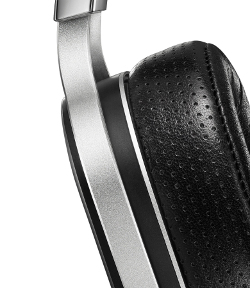
This is an open-back model, so it doesn’t seal out noise as thoroughly as a closed-back design, though it’s large enough to completely cover the average ears. Oppo bills the PM-1 as a planar magnetic headphone, and it was designed by an expert in planar loudspeakers. The word planar refers to a seven-layer flat diaphragm, measuring 2.7 by 3.3 inches, which is double-sided to allow twice as many flat aluminum spiraling conductors to be placed within the magnetic field. This drives the entire surface evenly, with no dead zones, to increase efficiency and cut distortion. The planar driver fires through a daisy-petal-shaped hole apparently designed to improve frequency response. (For a more detailed discussion of this feature, with quotations from designer Ivor Levitsky, see the review on innterfidelity.com.
The PM-1 isn’t especially hard to drive. With my fifth-generation iPod nano—the last of the click-wheel nanos—it was plenty loud at two-thirds of the flea amp’s volume potential. In fact, the three-quarter mark was too loud with go-to rock material like Donald Fagen’s Sunken Condos and Lou Reed’s New York (ALAC, from CD). When I stepped up to the better-sounding (and far more expensive) Astell & Kern AK100 music player, the Oppo got plenty of depth and richness from a high-resolution audio feast like the title track of Nataly Dawn’s How I Knew Her (88.2/24 FLAC).
Leaving portable devices behind, I mated the Oppo with NAD’s D 1050, a reliably neutral but not too fancy USB DAC/amp, fed by a Lenovo Windows 7 desktop PC, for more extended listening. A getting-to-know-you session traversed familiar high-res tracks too numerous to list. Ultimately, I fell into the rabbit hole known as Led Zeppelin II (96/24 FLAC, HDtracks). Time stopped.
Every track seemed like a new world in itself as Jimmy Page shifted among guitar textures as producer, and (in the role of producer) subjected Robert Plant’s voice to every form of analog-processing magic available in recording studios circa 1969 (and every song was recorded in a different studio). Oppo’s treatment of this delirious variety was rich, bordering on gooey. Hearing it was like being a greedy 8-year-old eating his way through a whole bag of Halloween candy, complete with sugar high.
I became obsessed with “Whole Lotta Love,” a song that must have seemed unfathomably obscene to my parents when it leaked out of the cheap set of headphones I used in the early 1970s (fed by LPs and FM radio). With the help of Page’s keen-eared remastering, the Oppo made it a riot of tone color. The guitar textures were as dirty as the lyrics, in contrast to the clean, deep impact of the drums. But I didn’t realize just how colorful the PM-1’s presentation was until I compared it with other headphones.
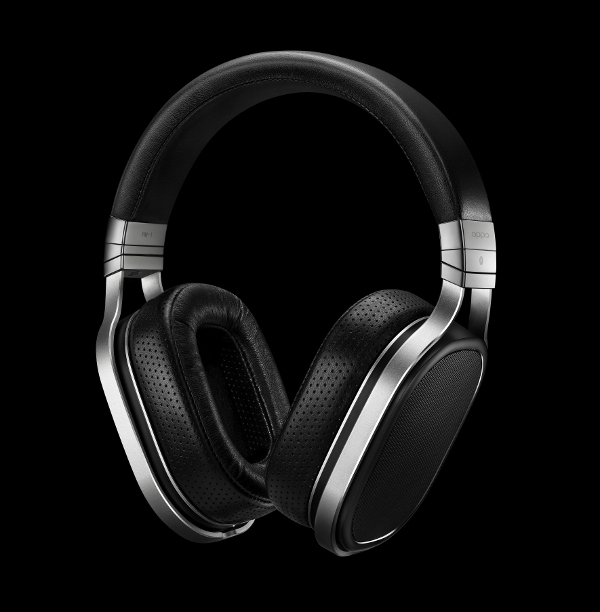
Even headphones known for full, rich, thick midrange—like the Audeze LCD-X ($1,699) and Sennheiser HD600 ($400)—seemed thinner than the Oppo. I’m not suggesting they are thin, only that the PM-1’s tonal balance was thicker by comparison, especially in the lower midrange. What the Oppo gave up in exchange for that richness was spatial refinement. In the musical selections on Dr. Chesky’s Ultimate Headphone Demonstration Disc, 192/24 FLAC, HDtracks), the soundstage was big but not totally focused. The Sennheiser in particular imaged much more tightly and coherently (for a third of the price). But by then, I was beyond caring. The Oppo might not have been the most perfectly balanced pair of cans, but it was the stronger drug, and there wasn’t much wrong with it—imaging, noise sealing—that couldn’t be mitigated by just upping the volume.
Can Oppo make a great headphone? The luxuriously well-made PM-1 suggests that they can. If you want headphone listening at an epic scale, hearing the PM-1 is like dying and going to headphone heaven.
- Log in or register to post comments













